Japanese Maple
Bruces10
18 years ago
Related Stories

TREES11 Japanese Maples for Breathtaking Color and Form
With such a wide range to choose from, there’s a beautiful Japanese maple to suit almost any setting
Full Story
GARDENING GUIDES12 Japanese Maples for a Sunny Garden
The right maple in the right place shines in hot summer sun
Full Story
GARDENING GUIDES13 Japanese Maples for Shade
A surprising variety of these understory trees is waiting to make a statement in your shade garden
Full Story
GARDENING AND LANDSCAPINGGreat Design Tree: Japanese Maple
Lacy form and fiery fall color make Japanese maple a welcome tree for garden or patio
Full Story
TREESGreat Design Plant: Coral Bark Japanese Maple, a Winter Standout
Go for garden gusto during the chilly season with the fiery red stems of this unusual Japanese maple
Full Story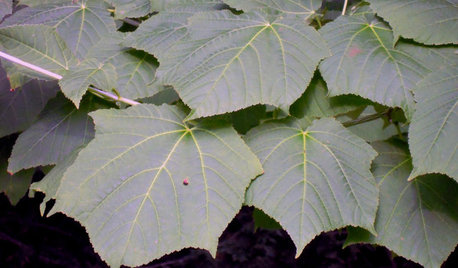
GARDENING GUIDES5 Amazing Small Maple Trees
There's more to maples than syrup. Expand your maple milieu with any of these 5 small and unusual trees
Full Story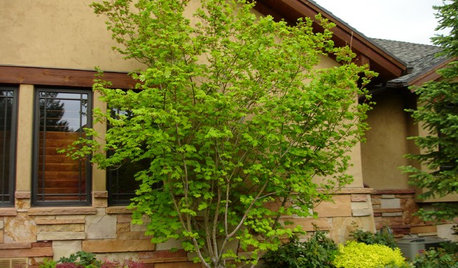
LANDSCAPE DESIGNGreat Design Plant: Vine Maple
Exciting year-round color and adaptability make this highly ornamental native small tree a top choice for home gardens
Full Story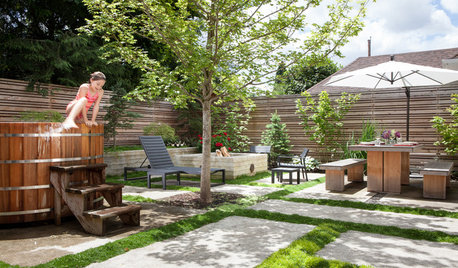
PATIOSBackyard Ideas: Writer's Studio and a Japanese-Inspired Garden
A nearby Japanese garden inspires a feature-packed backyard and studio for a work-from-home Portland writer
Full Story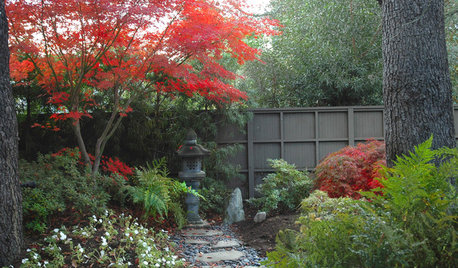
LANDSCAPE DESIGNLay of the Landscape: Create the Beauty of a Japanese Garden
Balance, enclosures and the forms of nature combine in serene Japanese garden design. Bring the look home with some of these principles
Full Story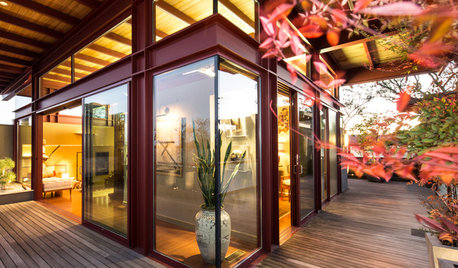
APARTMENTSHouzz Tour: Modern Japanese Penthouse Atop a Designer’s Office
Vintage obis, petrified wood, Samurai armbands and antique fans are just a few of the materials that warm this California apartment
Full Story





MrNorth4
george_in_the_uk
Related Professionals
Foothill Ranch Landscape Architects & Landscape Designers · Saint Matthews Landscape Architects & Landscape Designers · Manchester Landscape Contractors · Englewood Landscape Contractors · Lorain Landscape Contractors · Lynwood Landscape Contractors · Stallings Landscape Contractors · Yuba City Landscape Contractors · New Carrollton Landscape Contractors · Vadnais Heights Landscape Contractors · Coronado Decks, Patios & Outdoor Enclosures · Conroe Decks, Patios & Outdoor Enclosures · La Palma Decks, Patios & Outdoor Enclosures · Miami Decks, Patios & Outdoor Enclosures · West Bloomfield Township Decks, Patios & Outdoor Enclosuresiamkatiehackett
iamkatiehackett
DonPylant
keithnotrichard
Niwashisan
DonPylant
keithnotrichard
Niwashisan
DonPylant
Niwashisan
Floyd7
gardenberry
bahamababe
gardenberry
Floyd7
gardenberry
keithnotrichard
gardenberry
Floyd7